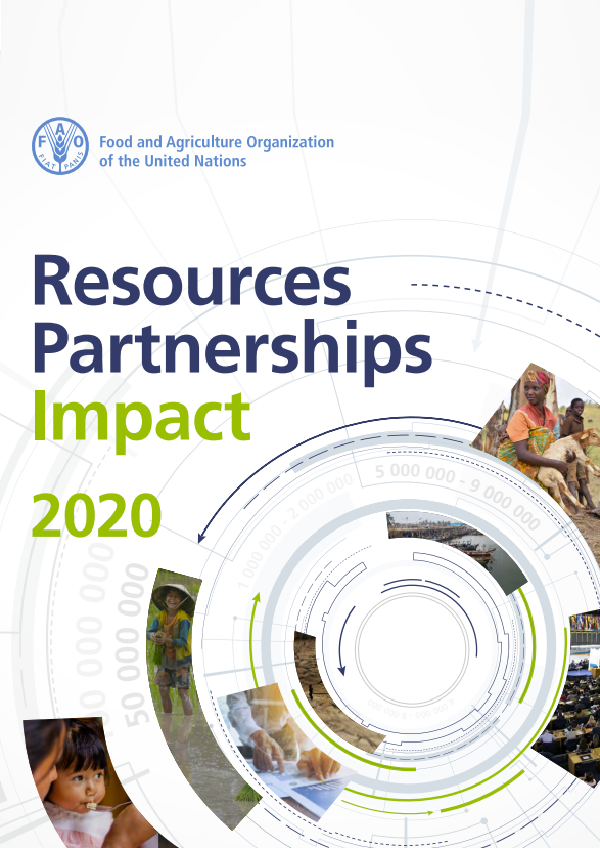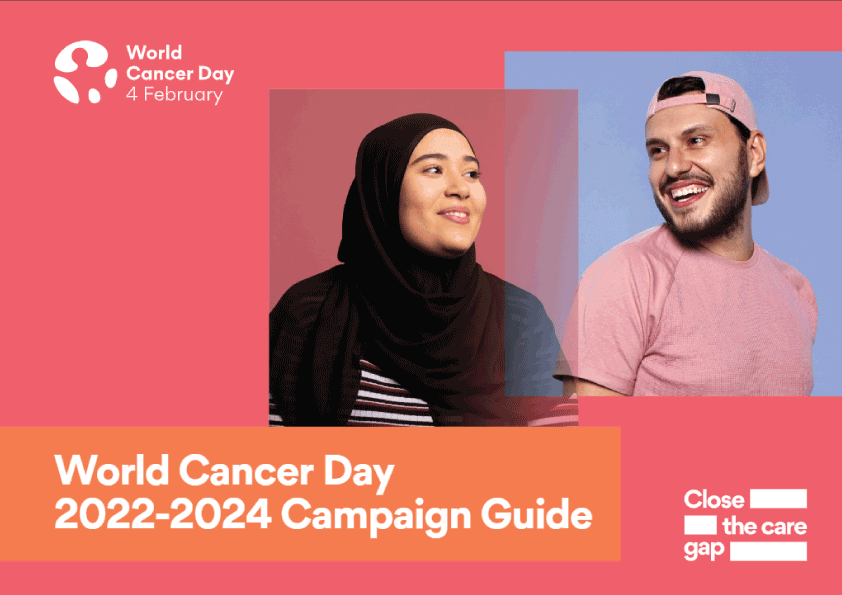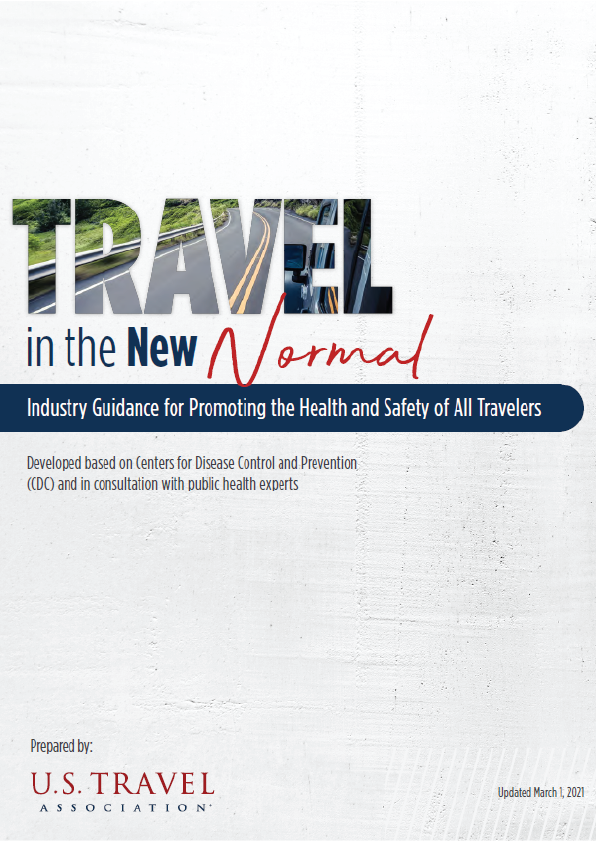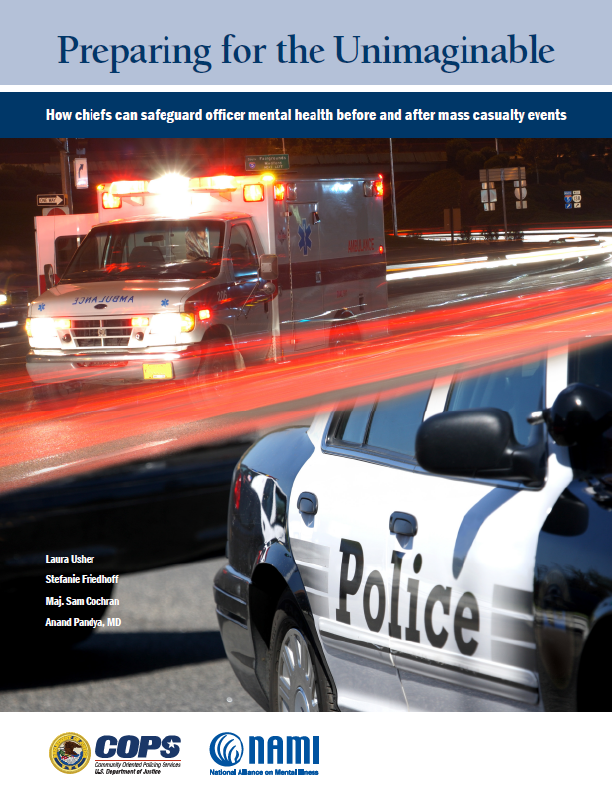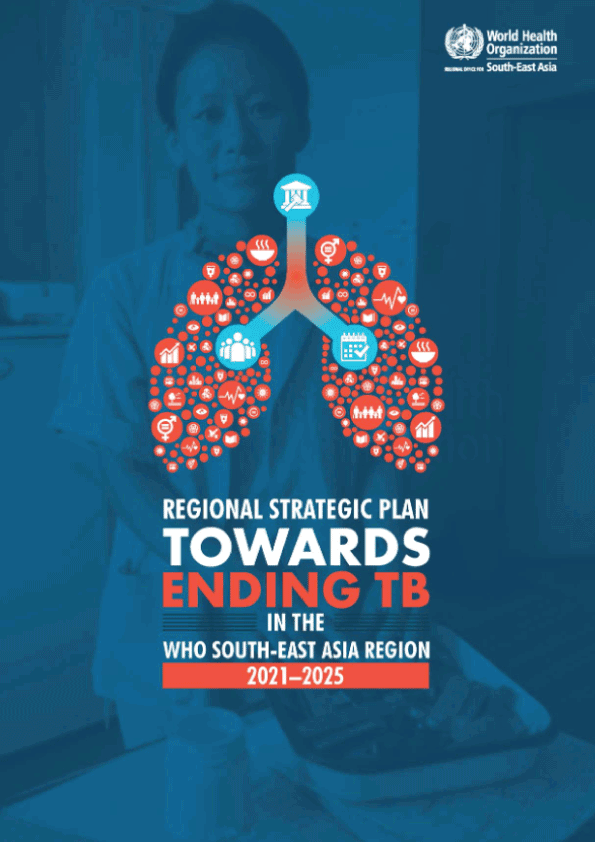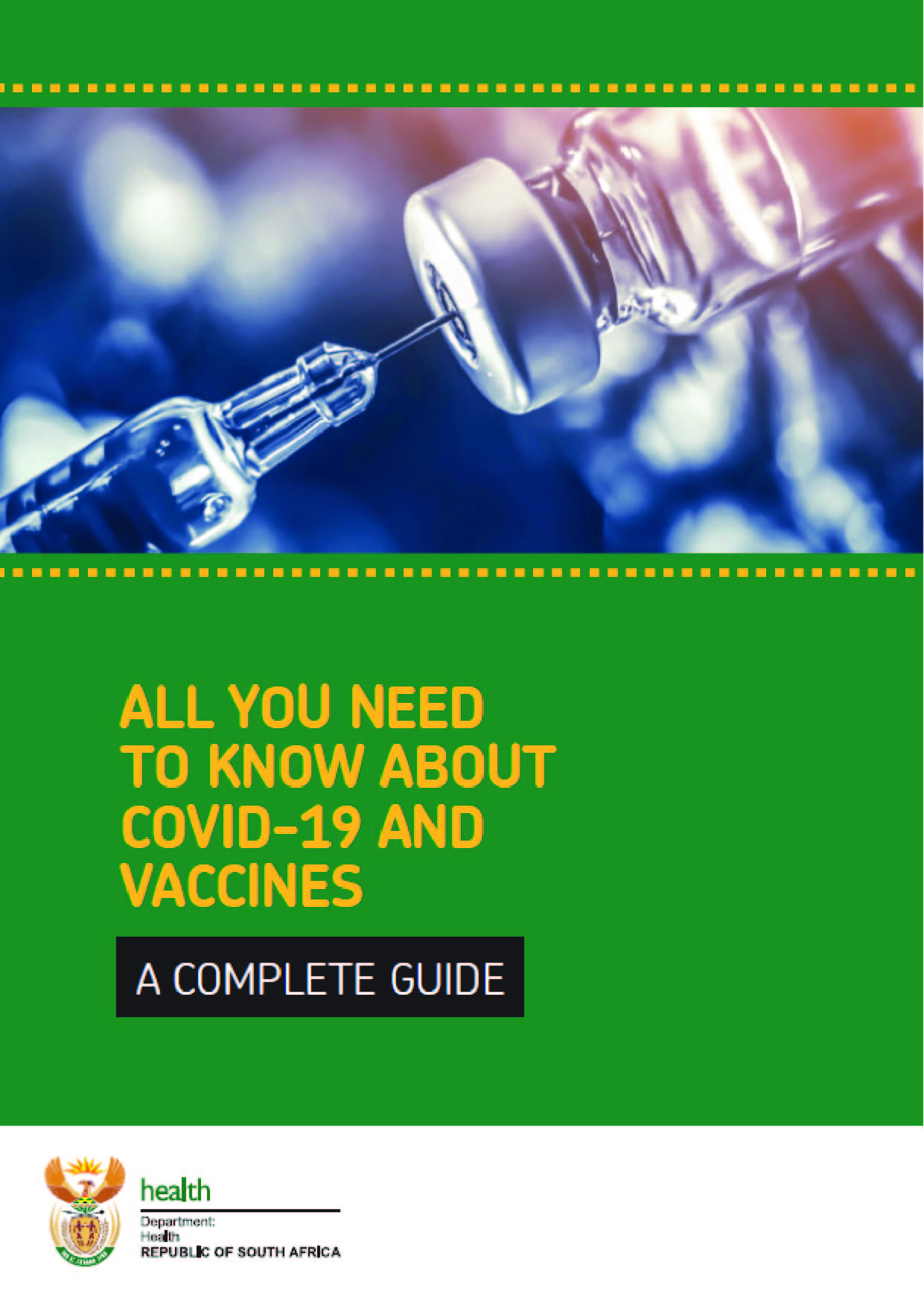The Resources, Partnerships – Impact 2020 report elucidates who FAO is, what it has done, and how it has worked in collaboration with multiple stakeholders in 2019. Also, it highlights the way FAO has been adapting to changes in the development aid landscape, specifically by leveraging different kinds of funds and seeking innovative partnerships, in order to accelerate the attainment of the SDGs. The report takes a closer look at the challenges and strategies that guided FAO’s activities at the regional and global levels in 2019 while showcasing selected interventions that delivered critical results on the ground.
Much progress has been made in reducing hunger and poverty, and in improving food security and nutrition worldwide. Still, more than 821 million people go hungry today, and achieving the Zero Hunger target by 2030 remains a challenging task.
FAO’s program of work can only be implemented thanks to its generous resource partners who finance and support the Organization in leading global efforts to improve and transform our food systems and achieve the Sustainable Development Goals (SDGs). FAO’s total budget for 2019 was the highest in the last 10 years, representing partners’ increasing trust in the Organization. Following a significant corporate effort to deliver results while ensuring value for money, last year FAO mobilized USD 1.3 billion in voluntary contributions for current and future work. This is the highest amount of voluntary contributions ever mobilized and shows an increase of 28 percent compared to the average for the 2015–2018 period. These contributions allowed FAO to reach and work with its 194 Member Nations, its institutional members, and its growing number of partners around the world.
The Resources, Partnerships – Impact 2020 report elucidates what FAO is, what it has done, and how it has worked in collaboration with multiple stakeholders in 2019. Also, it highlights the way FAO has been adapting to changes in the development aid landscape, specifically by leveraging different kinds of funds and seeking innovative partnerships, in order to accelerate the attainment of the SDGs. The report takes a closer look at the challenges and strategies that guided FAO’s activities at the regional and global levels in 2019, while showcasing selected interventions that delivered critical results on the ground.
FAO’s approach in 2019 aimed to trigger the United Nations (UN) reform by achieving greater cooperation, encouraging flexible funding, and deepening partnerships among the Rome-based Agencies (RBAs), as well as with actors across the UN system. In addition, FAO engaged in 29 partnerships, represented by common platforms, programs, alliances, and agendas that enabled joint action in accelerating the fight against global hunger. FAO is firmly established as a universal partner to all who are committed to ending hunger by 2030, and will continue to forge reliable partnerships with different sectors and stakeholder groups – including the most marginalized – to implement the 2030 Agenda for Sustainable Development globally.
